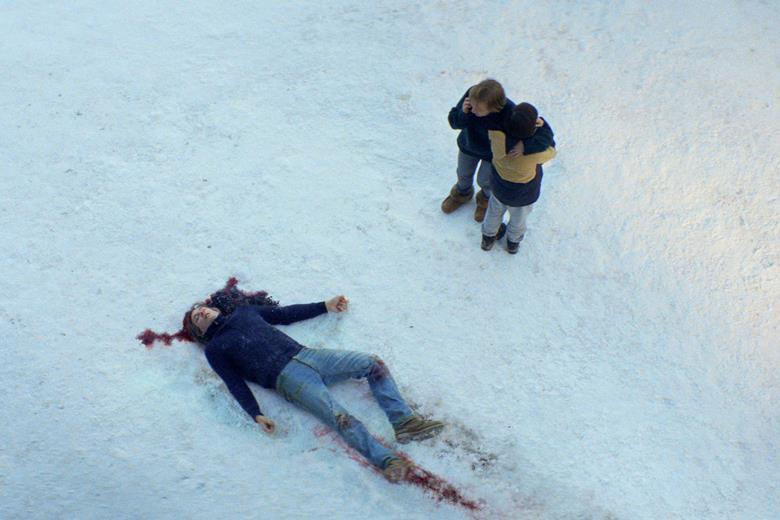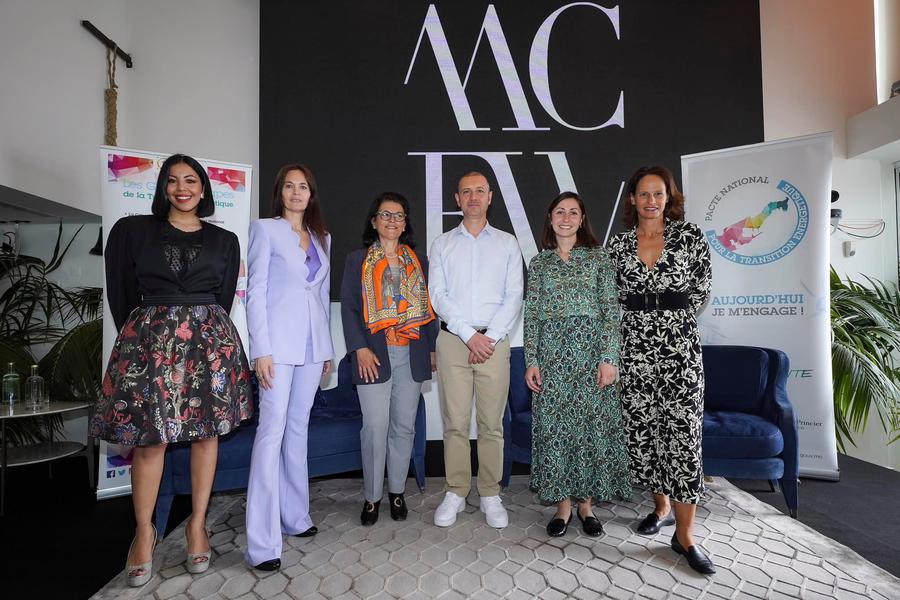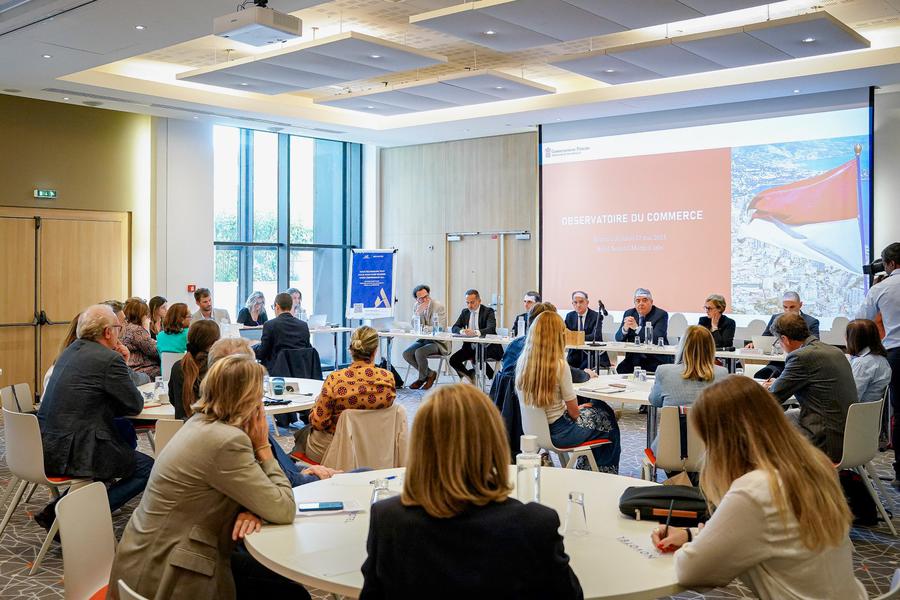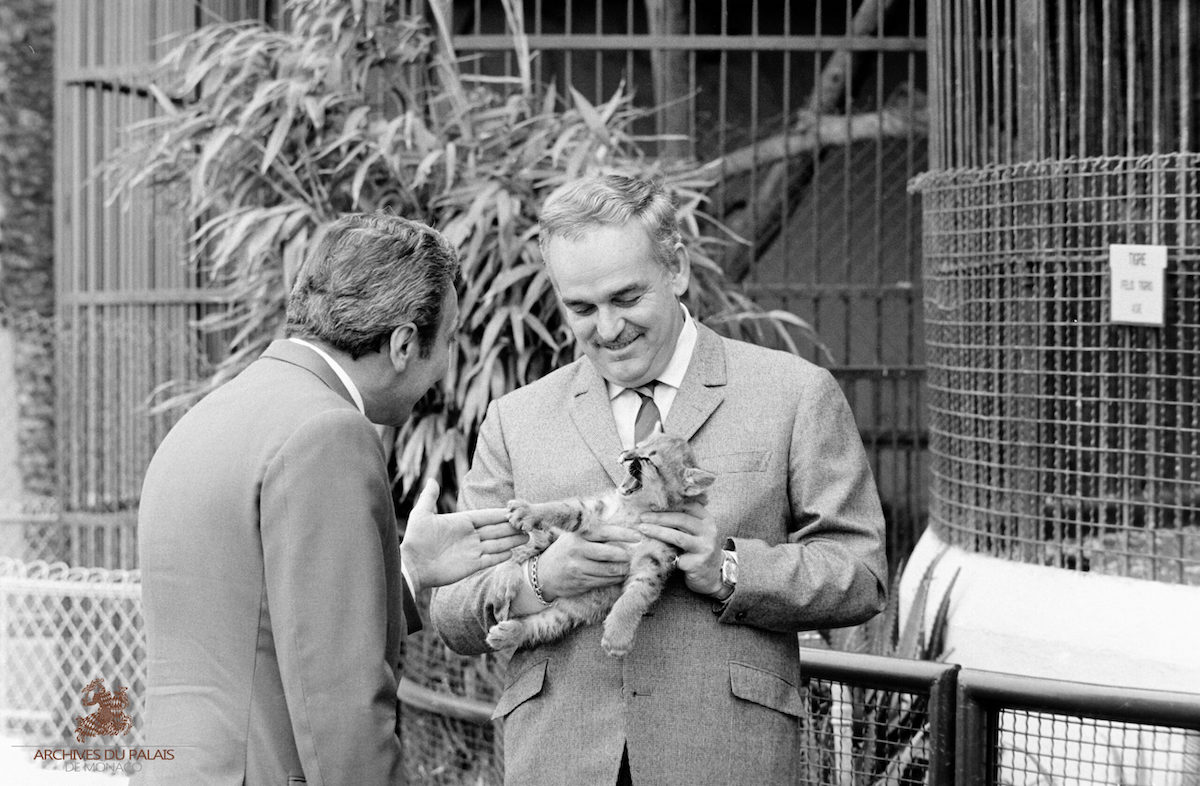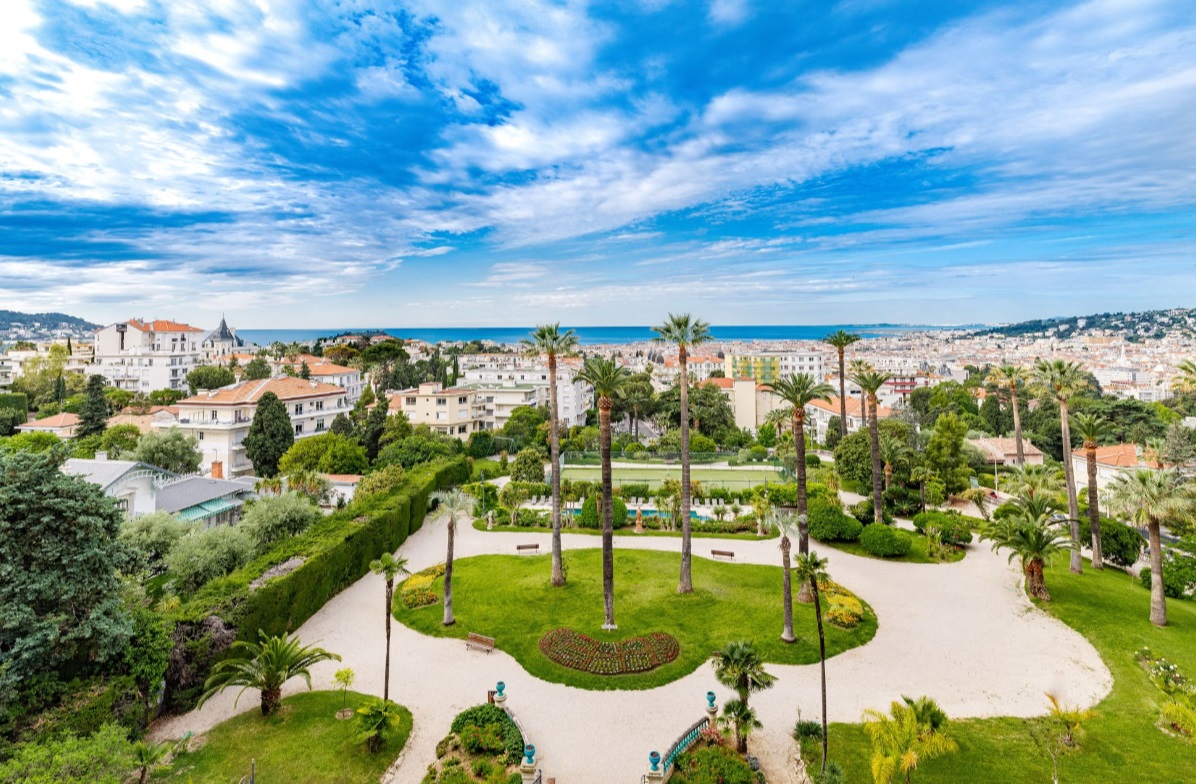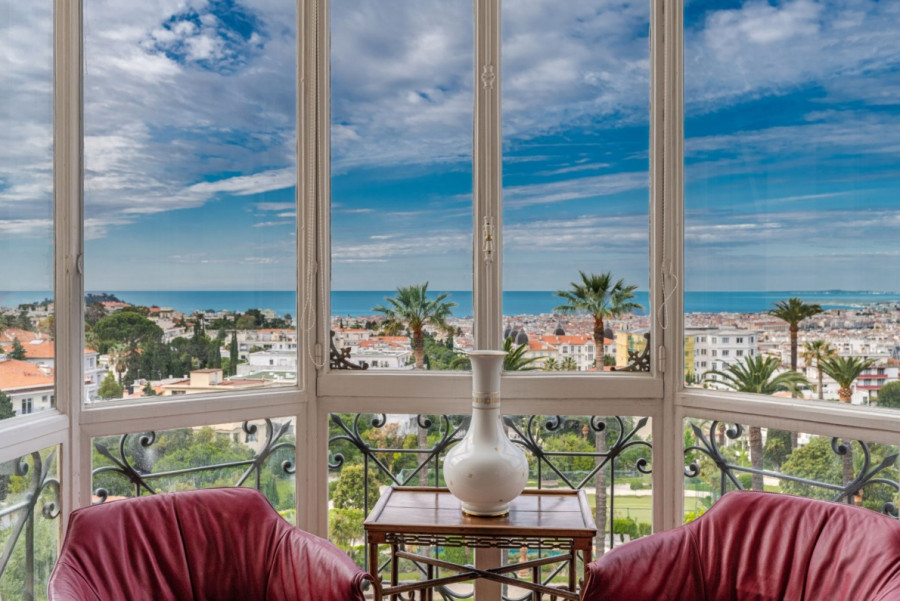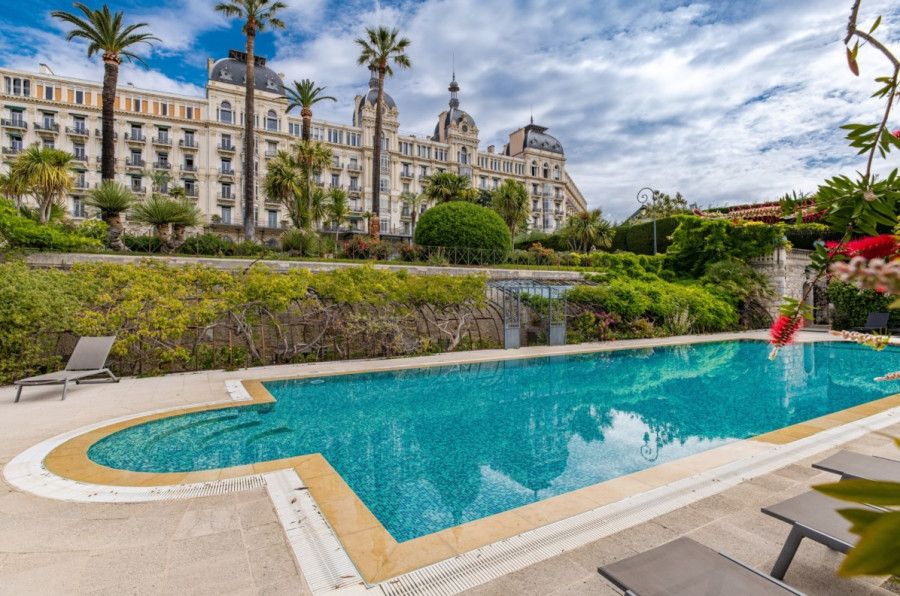Justine Triet won this year’s coveted Palme d’Or with Anatomy of a Fall before using her acceptance speech to come down heavily on the French government and its policies.
This is the second time that the French director has had a film make the shortlist at Cannes, after her dark comedy Sibyl made the cut in 2019.
Anatomy of a Fall, her latest cinematic offering and the winner of this year’s Palme d’Or, is a “courtroom drama murder mystery” starring Sandra Hüller in the lead role of a successful wife accused of her husband’s murder.
After accepting the award from Hollywood icon Jane Fonda, Triet turned her acceptance speech into a political statement and attacked the French government for its “repression” of the recent protests against changes to the nation’s pension system.
Repression and the “breaking” of France’s cultural exception
She said that her country – Triet is from the northwest of France – had “suffered from historic protests over the reform of the pension system [but] these protests were denied… repressed in a shocking way”.
Triet also criticised government’s cultural policy, saying that “the commercialisation of culture [that] this neoliberal government supports is in the process of breaking France’s cultural exception”.
In reply, France’s Culture Minister Rima Abdul posted on Twitter that she was pleased to see the Palme d’Or go to Triet, but was “flabbergasted” by her remarks and suggested that Triet’s film wouldn’t have “seen the light of day” without France’s film financing model.
That wasn’t the end of the drama for Triet, who appeared to forget the scroll awarded with the Palme d’Or prize as she left the stand. In footage circulating on social media, Fonda, who had handed Triet with her award minutes before, can be seen tapping the director on her back in an attempt to give her the scroll. With no acknowledgement from Triet, Fonda then seems to have flung the scroll at Triet, hitting her on the back of the head with it.
Other winners at the 76th Cannes Film Festival
In the feature length film section, the Grand Prix went to Jonathan Glazer and The Zone of Interest while Trần Anh Hùng took home the award for Best Director for The Pot au Feu. Merve Dizdar won Best Performance by an Actress for her part in Nuri Bilge Ceylan’s About Dry Grasses and Koji Yakusho won Best Performance by an Actor for Wim Wenders’ Perfect Days.
The Un Certain Regard prize, which focuses of arthouse productions and “artistically daring films” went to Molly Manning Walker’s How To Have Sex. The Best Director award in this category went to Asmae El Moudir for The Mother of All Lies.
Please click here for the full list of winners at the 2023 Cannes Film Festival.
Sign up for the Monaco Life newsletter. For the latest news, follow us on Facebook, Twitter, and Instagram.
Photo: Anatomy of a Fall, Justine Triet
